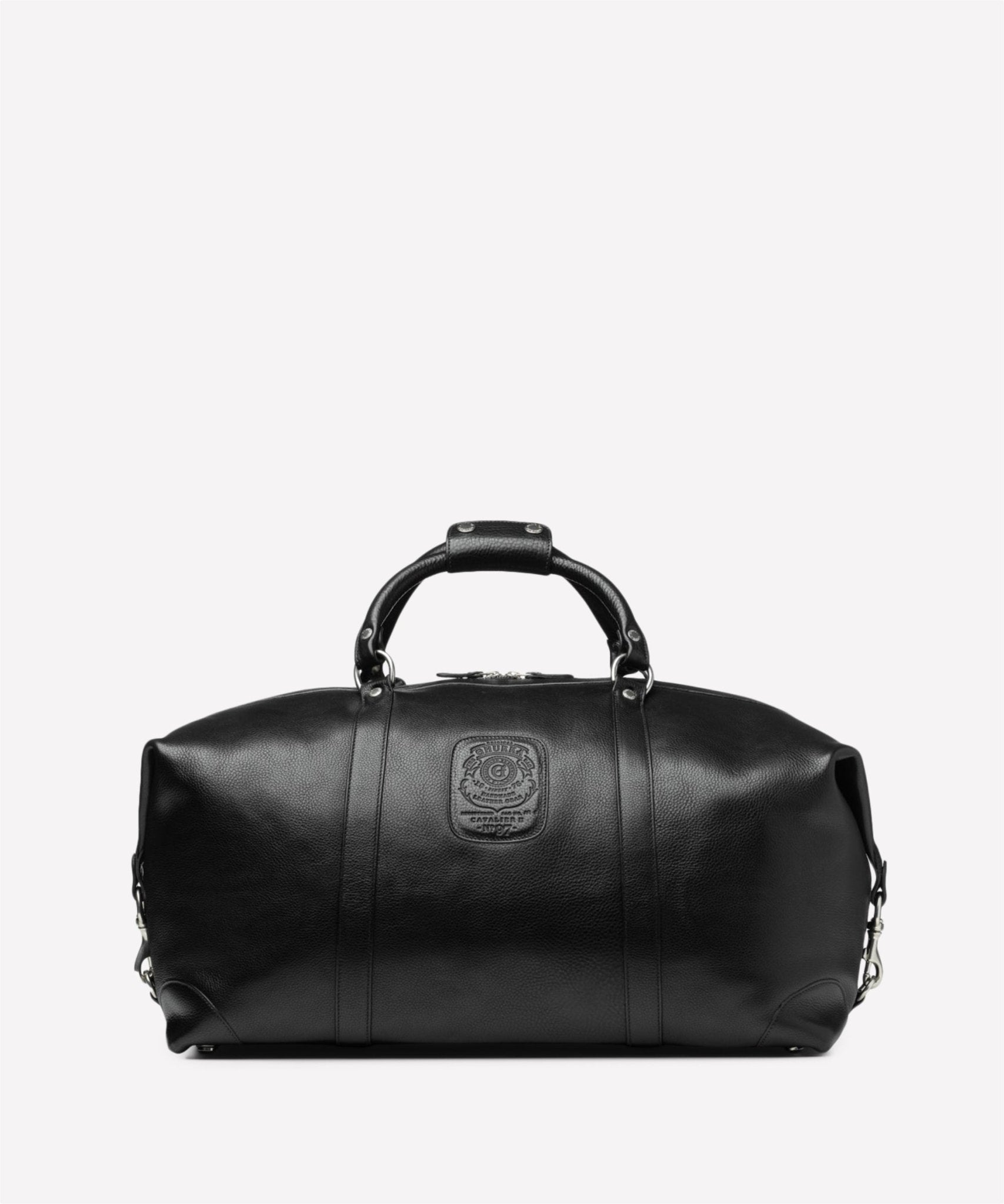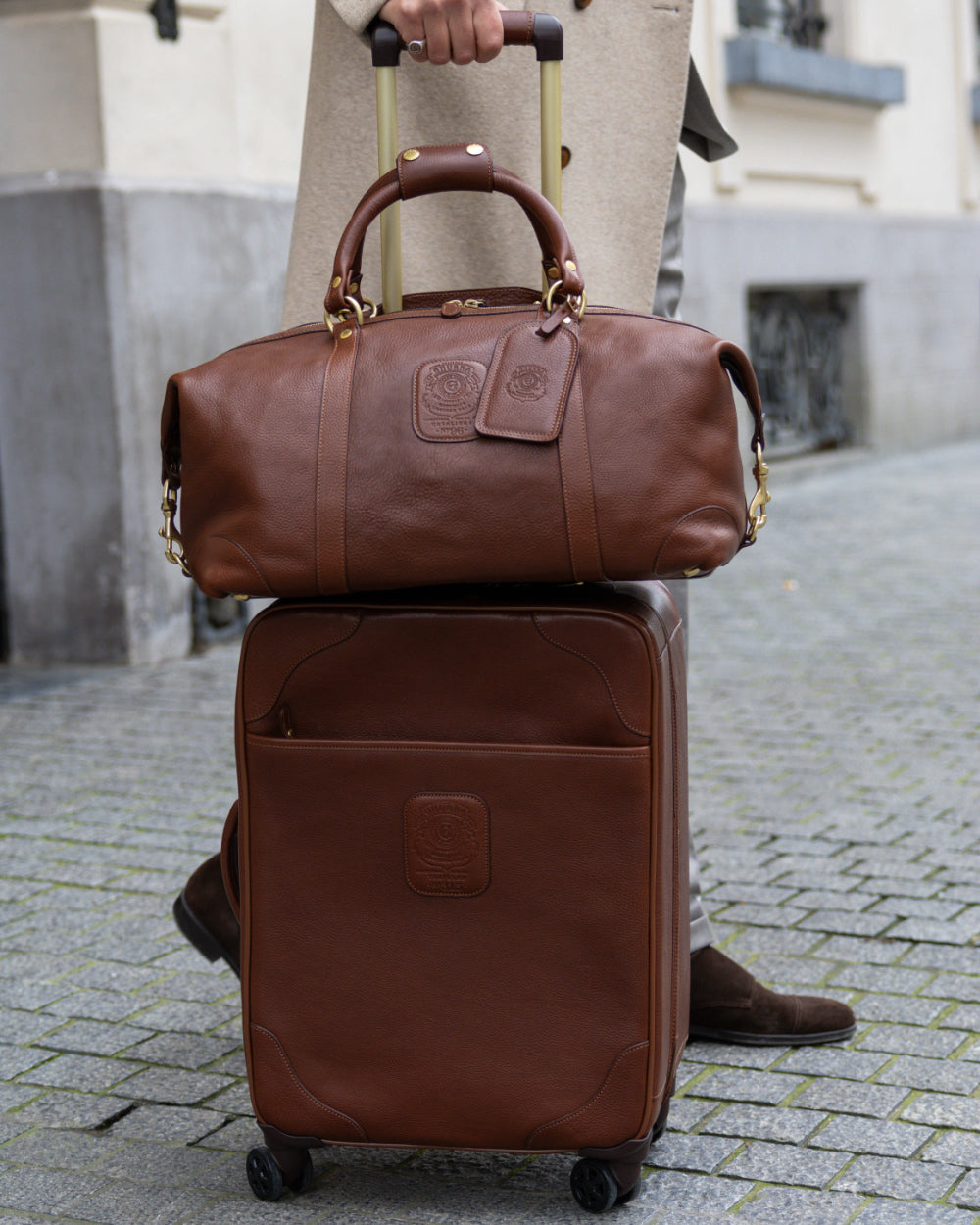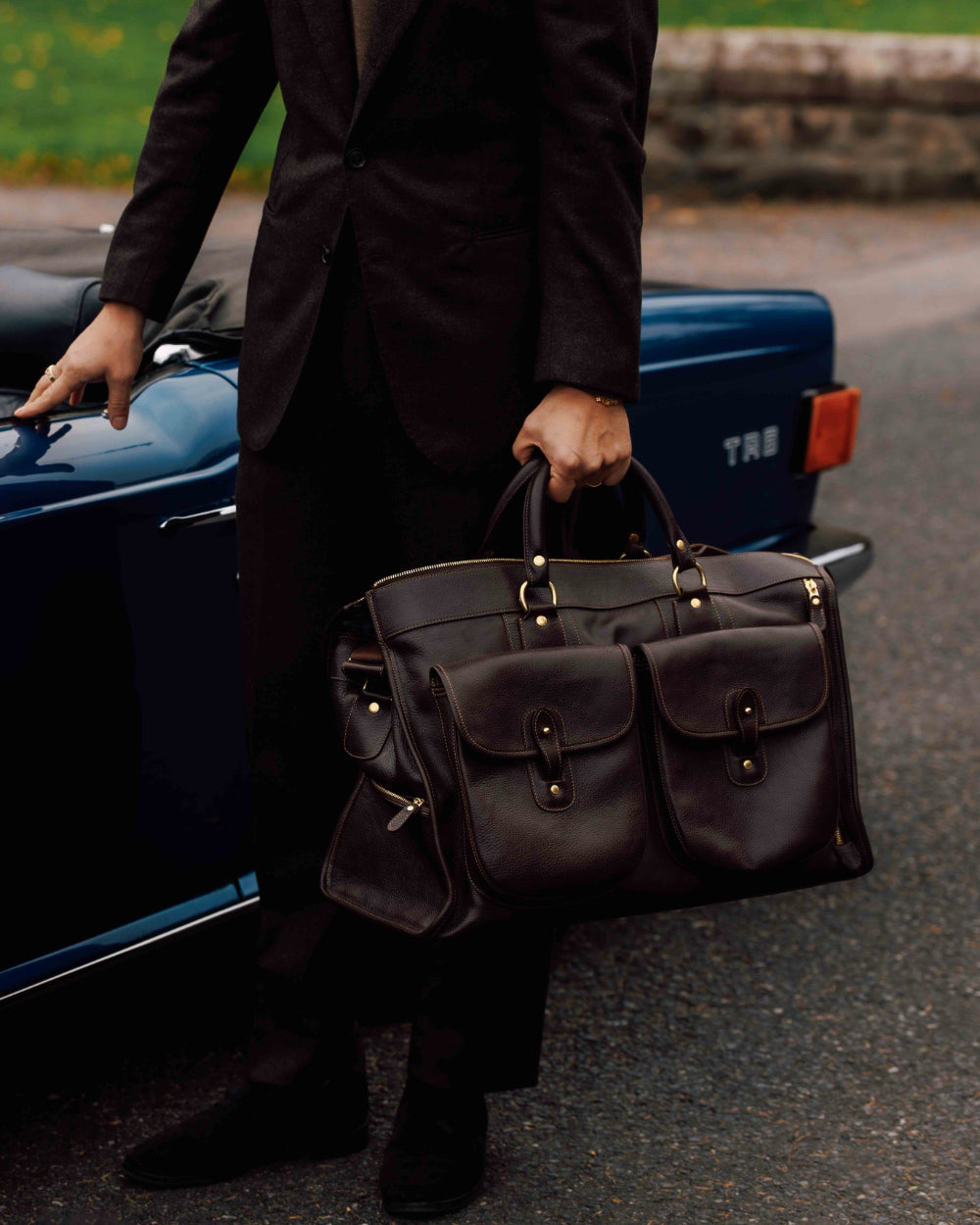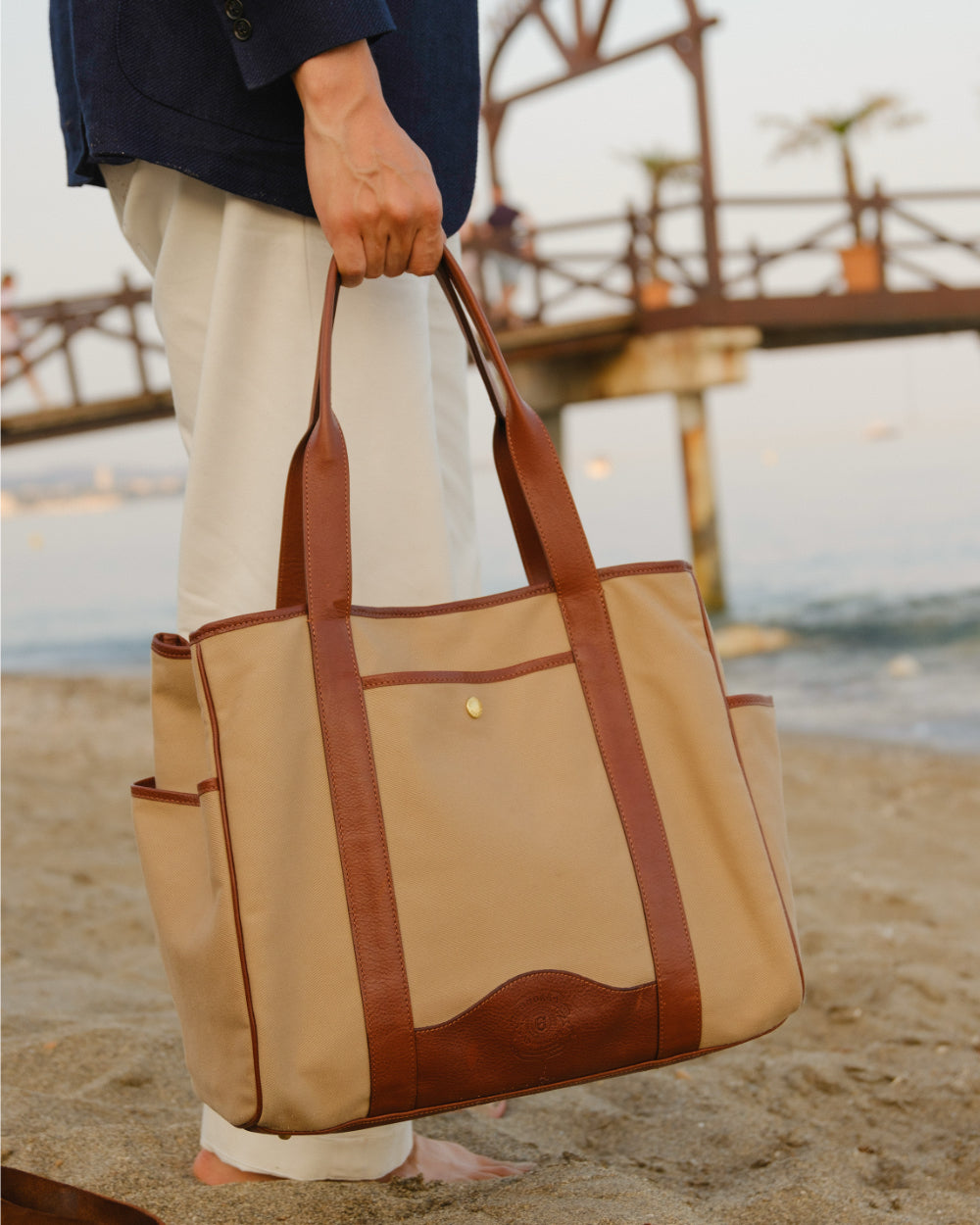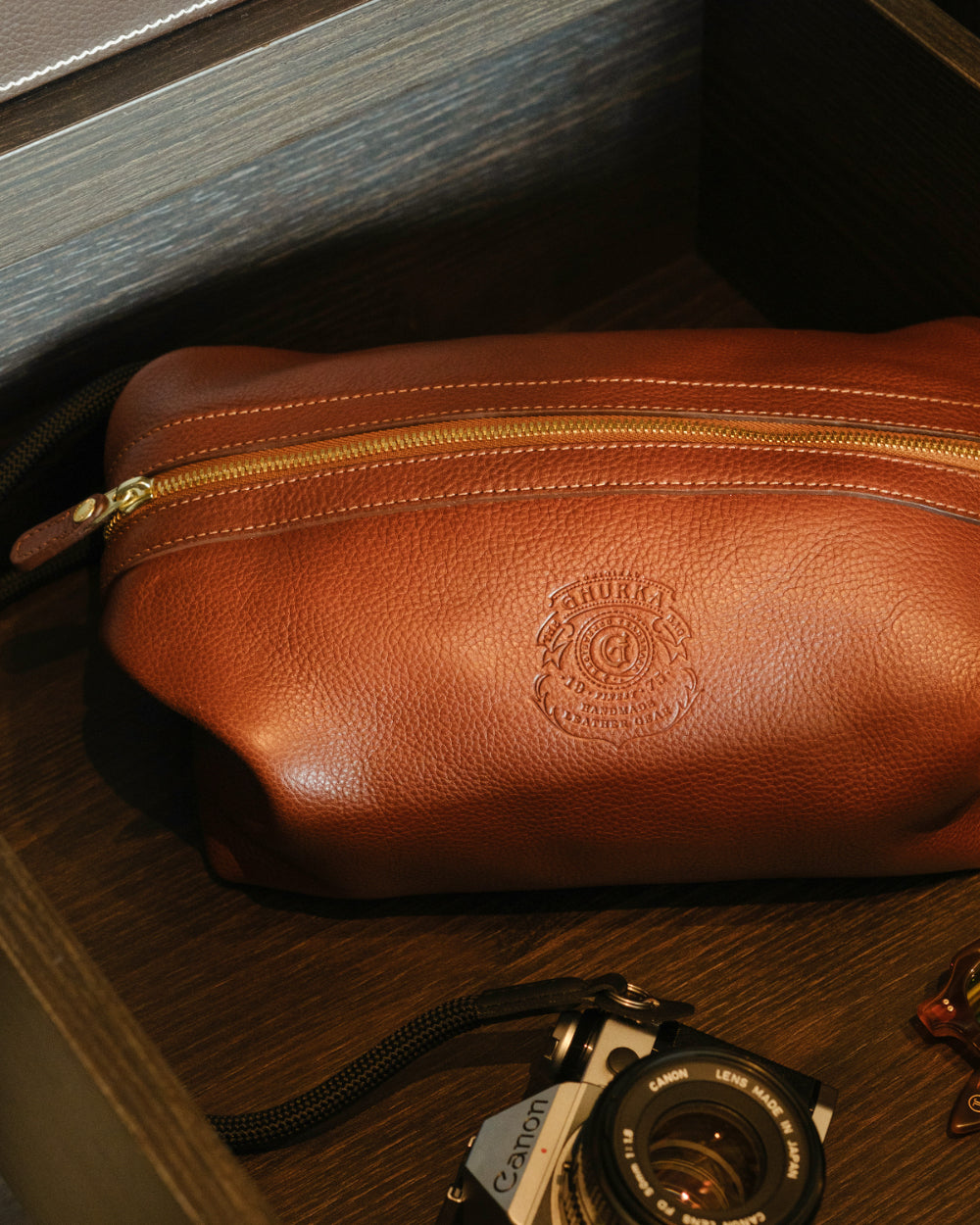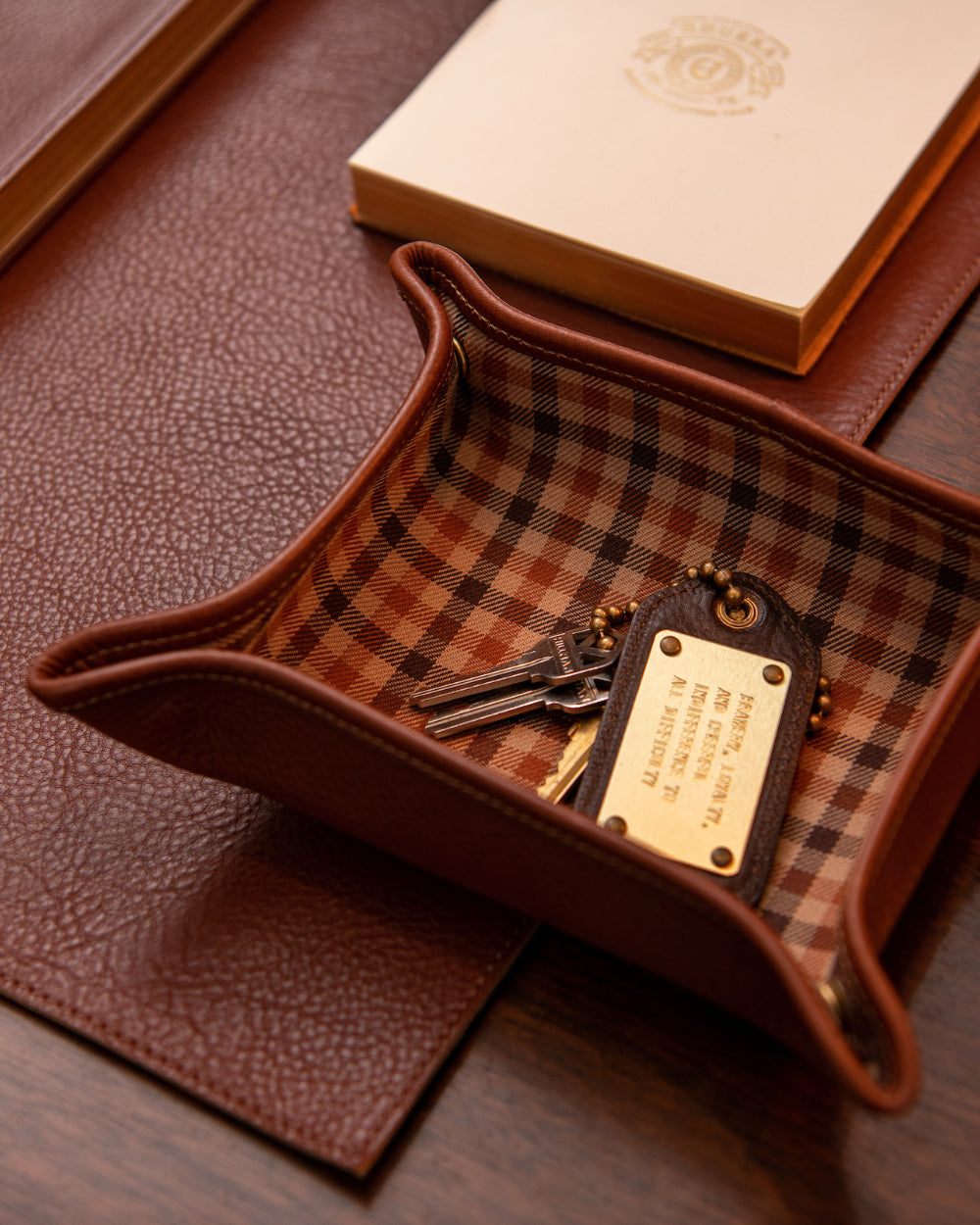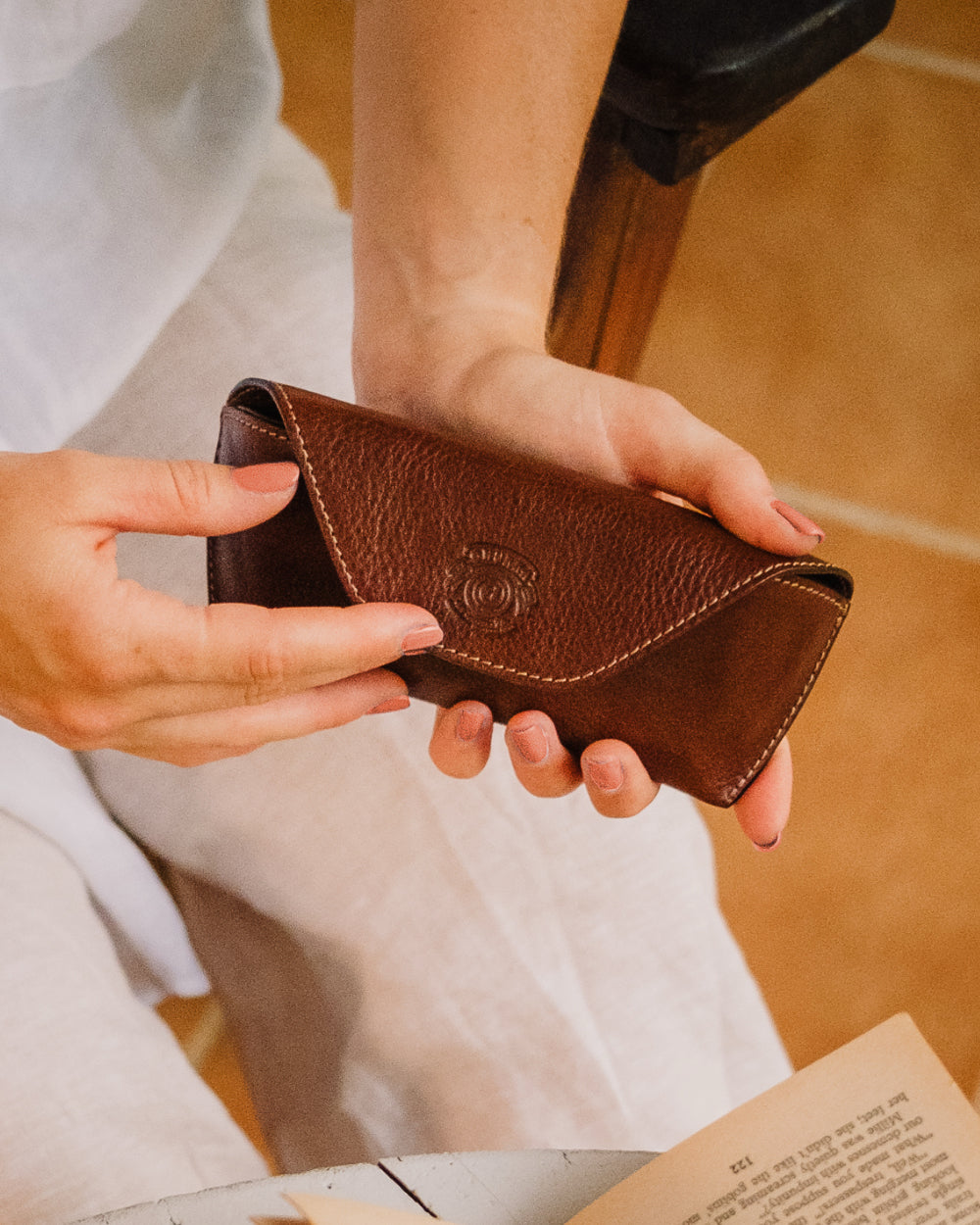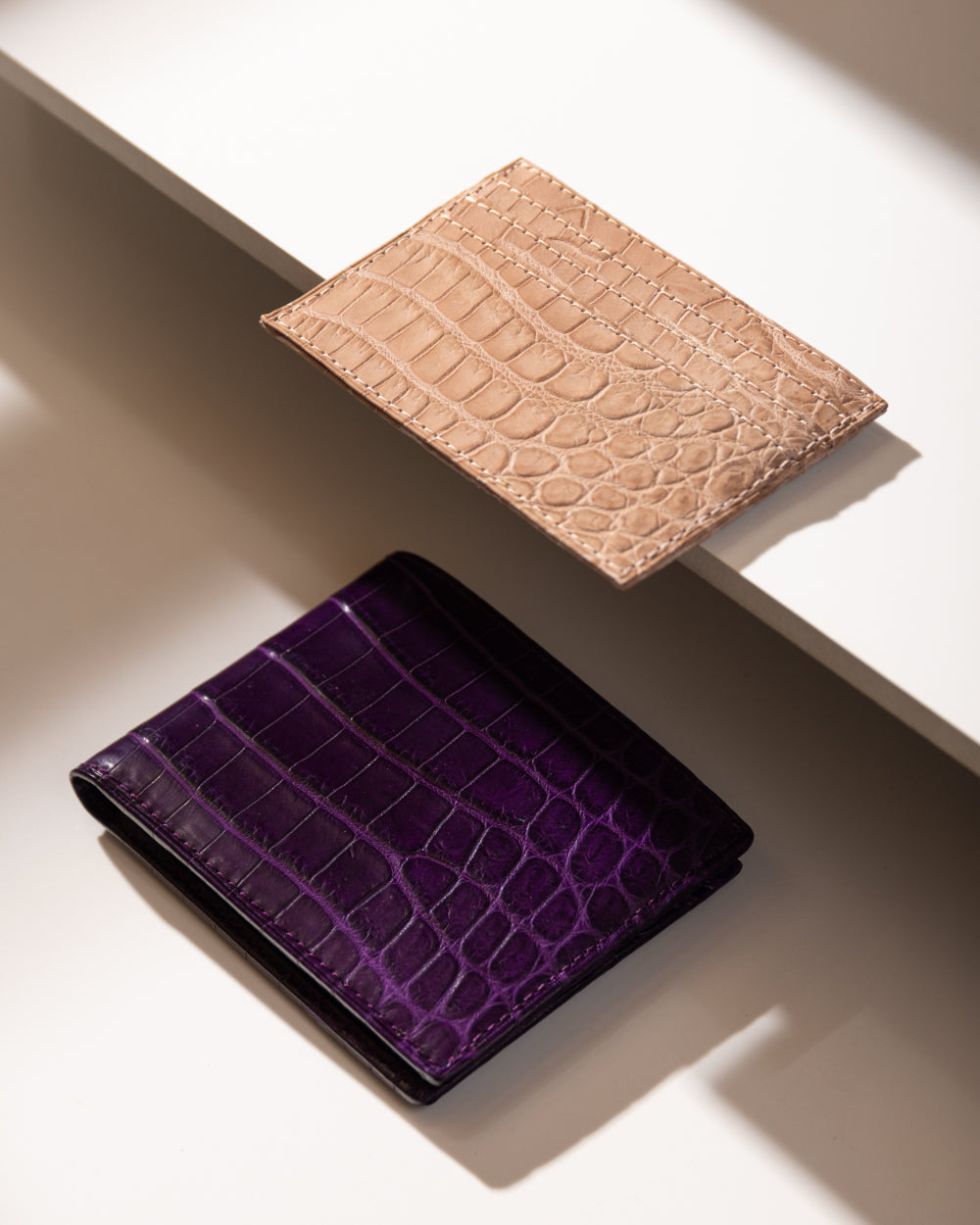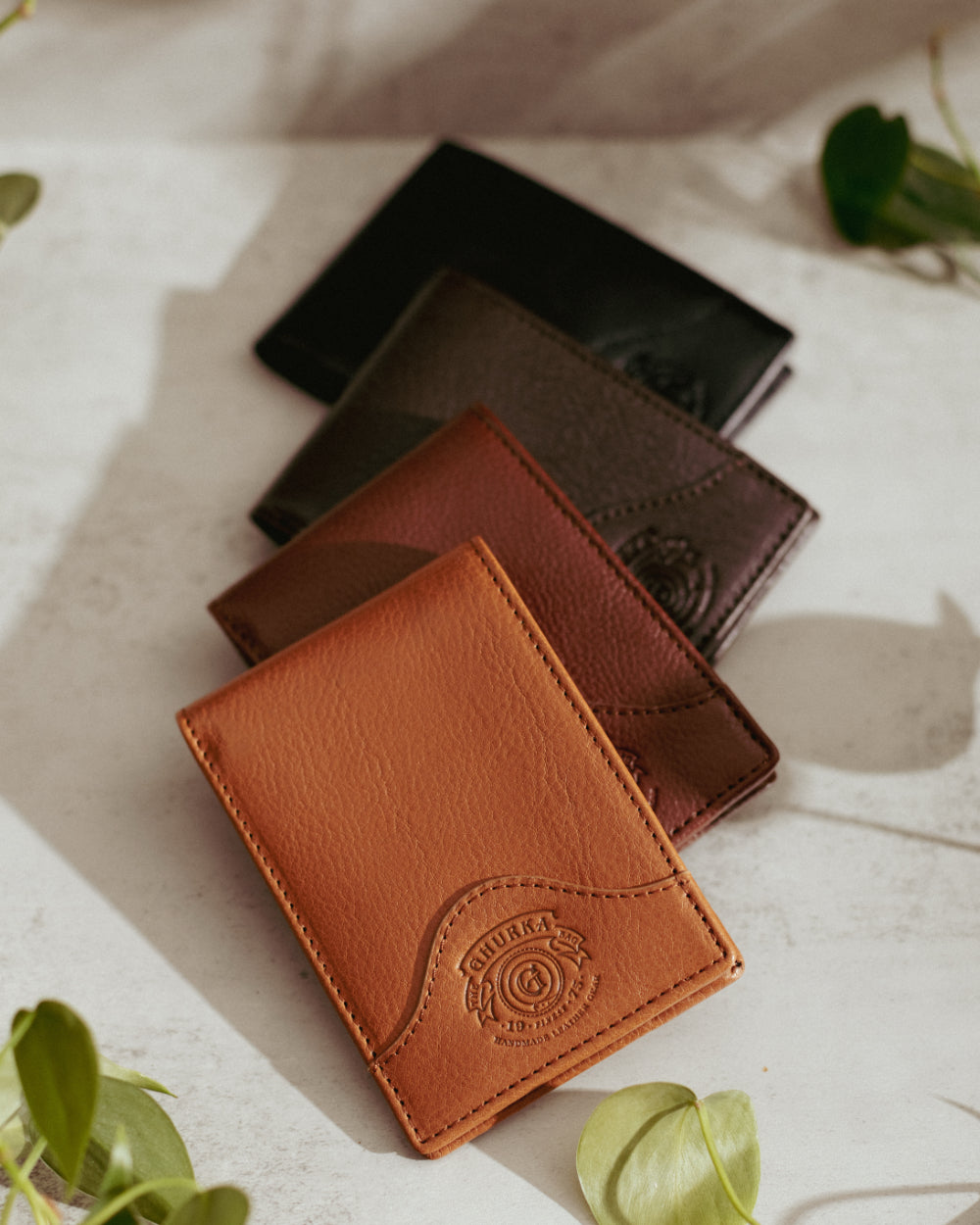Jimmy Page. Slash. Duane Allman. Pete Townshend. Neil Young. Keith Richards. Jeff Beck. Joe Perry. George Harrison. Ace Frehley. Eric Clapton. Mick Jones. A who’s who of the most legendary guitarists in rock n’ roll history, and even with hundreds to choose from, they all played the exact same guitar- The Gibson Les Paul.
To understand what makes the Gibson Les Paul so special, you’ve got to go back to 1940 and a young man named Lester Polsfuss, who, like many young men, just wanted to make a little more noise. Polsfuss, who was already a budding professional guitarist, touring and recording under the name Les Paul (as well as his “hillbilly alter-ego” Rhubarb Red) was dissatisfied with the tone of electric guitars of the day, most of which had hollow bodies similar to those of acoustic guitars, only thinner. So young Lester took a 4X4 piece of wood, attached a guitar neck to it, drilled in a bridge and pickups of his own device, and strung the thing up. The resulting creation gave him the tone and sustain he was looking for, but the looks didn’t exactly wow his audiences, so he sawed an Epiphone guitar in half lengthwise, glued the ends around his 4X4, and affectionately called his new invention “The Log”.
Les Paul shopped The Log around to some guitar makers, notably Epiphone’s main rival, the Gibson Guitar Corp. Gibson passed on the design, not yet seeing a market for a solid body electric guitar. Yet when Gibson decided in 1950 it needed a solid bodied electric of its own to compete with Fender’s recently released and quickly popular Broadcaster model, Gibson president Ted McCarty turned back to the man his company had shooed away years before. McCarty hired Paul as a consultant for a brand new solid body guitar and in 1952 the Gibson Les Paul was introduced. Everything about the guitar was purpose built- heavy and with large “humbucker” pickups to get the most out of each note, with a single cutaway below the neck to ease in reaching the bottom frets. It was marketed as a top-of-the line instrument, and Paul’s initial color choices were meant to signify just that. Gold because “it looks expensive” and black “like a tuxedo.”
The finishes on the Gibson Les Paul models quickly expanded to compete with Fender, and the now famous “Sunburst” finish was introduced, which starts dark around the edges and becomes more transparent as it narrows in, exposing the beauty of the wood underneath. The original Gibson Les Paul had been a hit with jazz and blues players, but its legacy in Rock N’ Roll was cemented in 1966 when the album for Blues Breakers by John Mayall and Eric Clapton included a photo of Clapton playing a Gibson Les Paul on its rear cover. After being seen in the hands of all of arguably the three most influential Rock N’ Roll bands of the 1960’s- The Rolling Stones, Led Zeppelin, and the Beatles (The Les Paul belonging to Beatles George Harrison was a gift from Clapton himself) the Gibson Les Paul became an icon, coveted by aspirational Rock N’ Rollers the world over.
Today, the collector’s market for Gibson Les Paul’s is ablaze. While a second hand Les Paul Standard can be had for around $2,500, significant early Gold Tops and Sunbursts with intricate “flamed” maple tops can easily reach several hundred thousand dollars. Add a celebrity pedigree and the prices rise even higher- Led Zeppelin’s Jimmy Page has famously refused offers of 1 million pounds for his 1959 Model.

